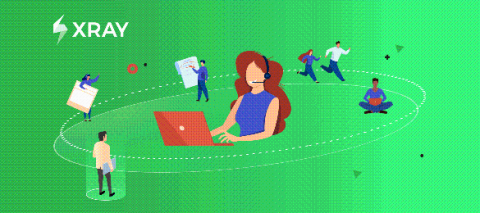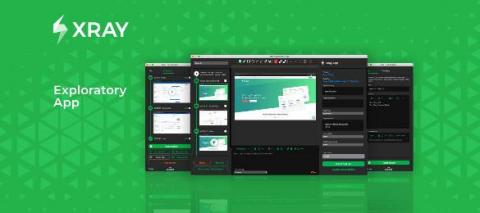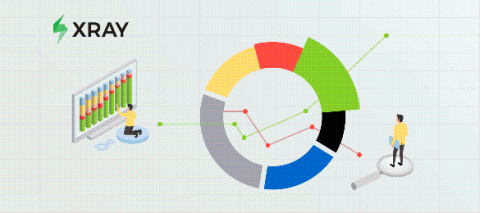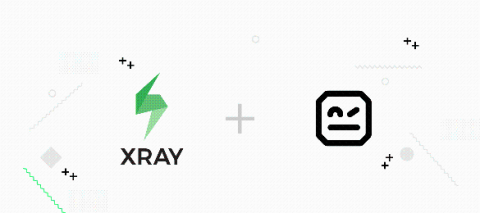5 ways Xray improves your agile testing in Jira
Is your team able to pivot with changing demands, accelerate new features, and provide the highest product quality? Being agile allows you to move fast, make changes, and keep quality at the center of your work. Xray empowers your team to strive towards continuous improvement, optimize testing efforts and exceed quality goals with features and workflows that support agile methodologies.











